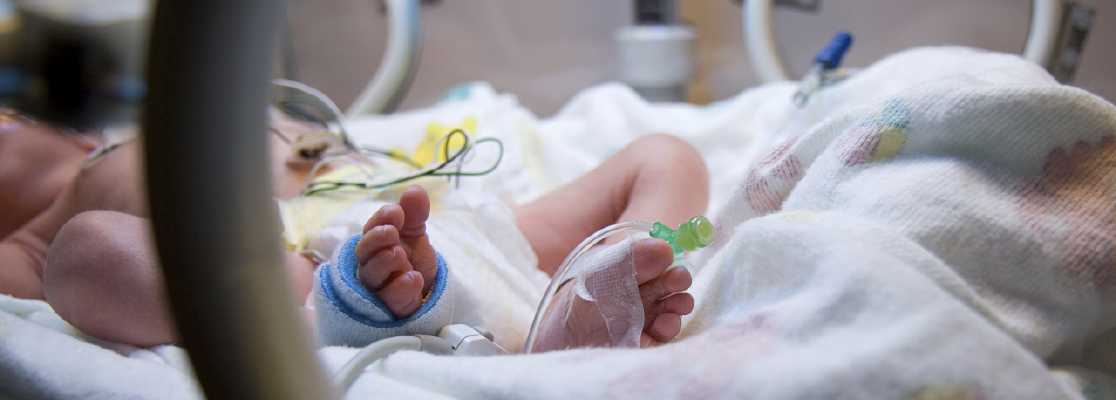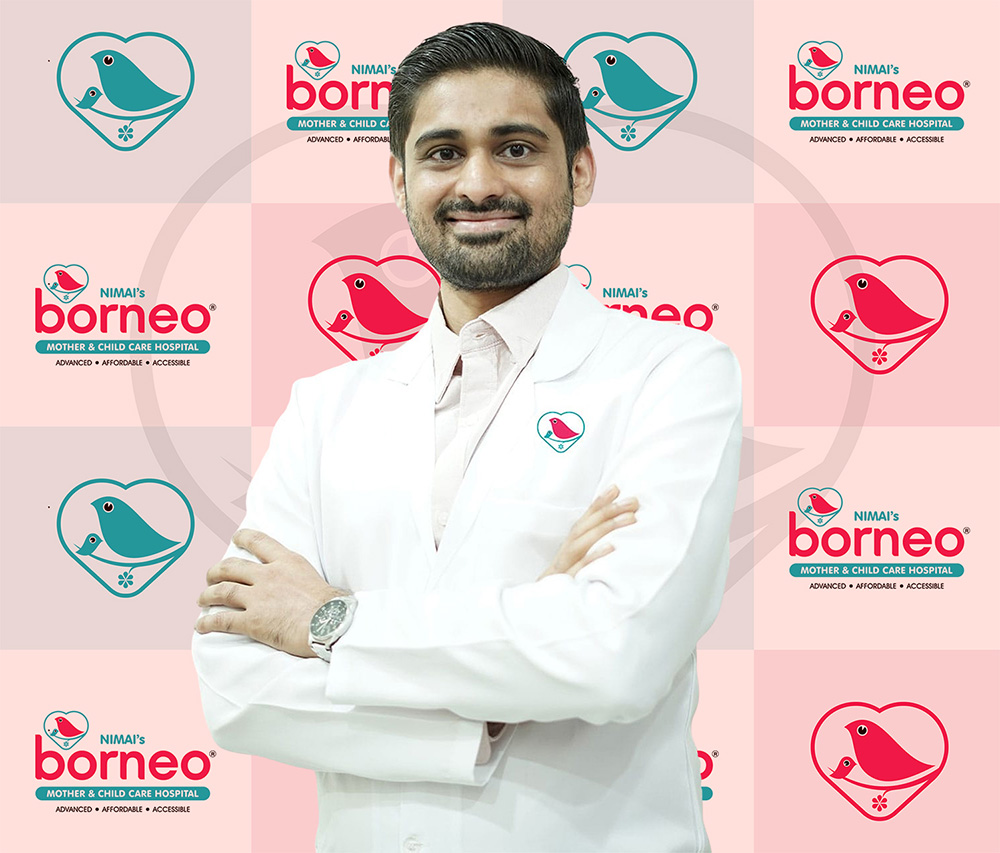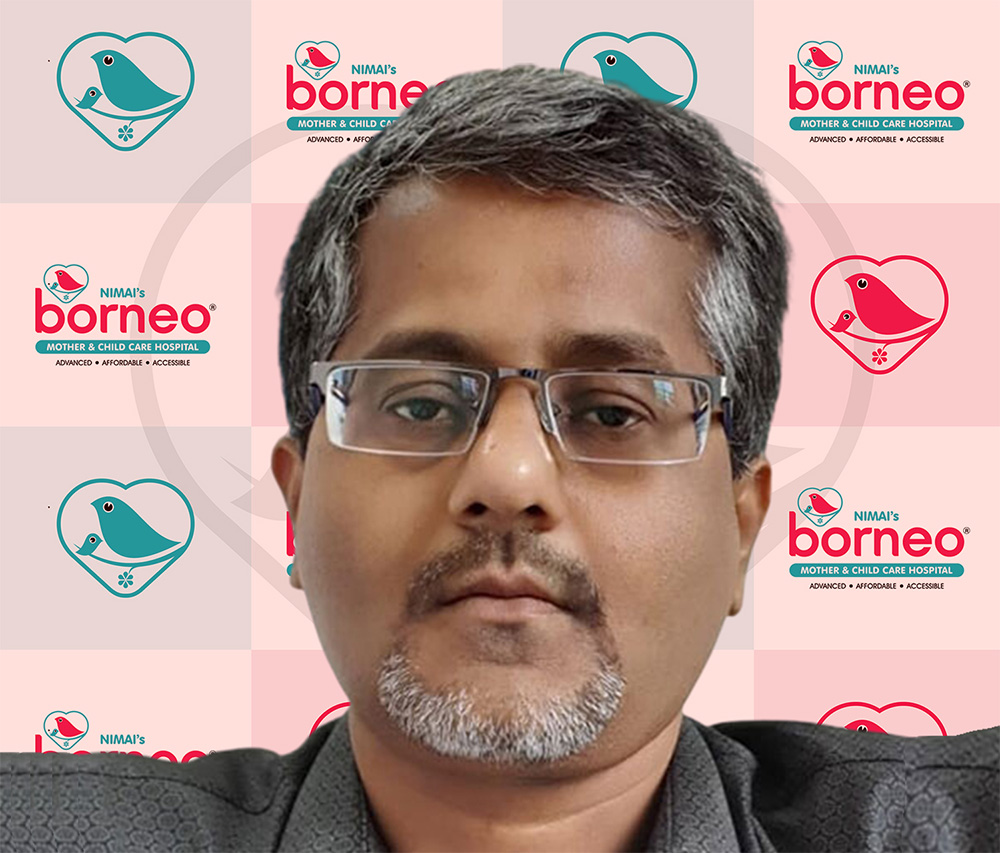High-Frequency Ventilators
Respiratory care has recently witnessed significant advancements, particularly in ventilators. High-frequency ventilators have emerged as a groundbreaking technology that offers improved outcomes for children with respiratory disorders.
Borneo Hospital in Thane uses high-frequency ventilators to provide the best care for children with breathing problems. We understand these devices' importance for children with severe breathing difficulties. The hospital has ample high-frequency ventilators, focusing on modern technology and putting children first.
What are High-Frequency ventilators?
High-frequency ventilation (HFV) is a type of mechanical ventilation that uses very high respiratory rates (300-900 breaths per minute) and small tidal volumes (less than dead space ventilation). This allows for more efficient gas exchange and can help to reduce ventilator-induced lung injury (VILI).
Importance of High-Frequency Ventilators
HFV can help to improve gas exchange by delivering small amounts of gas to the lungs at a very high rate. This allows for more efficient gas exchange and can help to reduce the risk of hypoxemia (low oxygen levels in the blood) and hypercapnia (high carbon dioxide levels in the blood).
Benefits of High-Frequency Ventilators
High-frequency ventilators offer several advantages over conventional ventilation methods:
- The higher frequency of breaths promotes better oxygenation and carbon dioxide removal, improving respiratory function
- These ventilators reduce the risk of lung injury and barotrauma, which can occur with prolonged mechanical ventilation
- High-frequency ventilation can enhance patient comfort and decrease sedation requirements
Applications of High-Frequency Ventilators
- High-frequency ventilators have versatile applications across various medical settings
- They are particularly beneficial for children with conditions such as acute respiratory distress syndrome (ARDS), neonatal respiratory distress syndrome (NRDS), and chronic obstructive pulmonary disease (COPD)
- High-frequency ventilators are invaluable for managing critically ill children in hospitals and healthcare facilities
- They play a crucial role in improving the chances of recovery for children with respiratory conditions
- High-frequency ventilators provide specialized respiratory support and help optimize oxygenation and ventilation
- These ventilators deliver rapid and small-volume breaths, ensuring efficient gas exchange in the lungs
- The precise control and adjustable parameters of high-frequency ventilators allow personalized and tailored respiratory care
- High-frequency ventilators can reduce the risk of ventilator-induced lung injury (VILI) and promote better patient outcomes

Considerations For Choosing High-Frequency Ventilators
There are several factors to consider when choosing a high-frequency ventilator (HFV) for a patient. These factors include:
- The patient's condition:The type of HFV that is best for a patient will depend on their specific condition. For example, a patient with respiratory distress syndrome (RDS) may benefit from a different type of HFV than one with acute respiratory distress syndrome (ARDS)
- The patient's age:HFVs are not suitable for all children. For example, they are not typically used in newborns or infants
- The patient's size:HFVs come in a variety of sizes. The size of the HFV that is best for a patient will depend on their size
- The patient's weight:HFVs also come in various weight capacities. The weight capacity of the HFV that is best for a patient will depend on their weight
- The patient's respiratory rate:HFVs can deliver gas at various respiratory rates. The best respiratory rate for a patient will depend on their needs
- The patient's oxygen requirements:HFVs can deliver oxygen at various levels. The best oxygen level for a patient will depend on their needs
- The patient's medications:Some HFVs can deliver medications through the ventilator circuit. Providing medications through the ventilator circuit may be necessary for some children
Availability and Access To High-Frequency Ventilators At Borneo Hospital
Borneo Hospital has high-frequency ventilators that are available and accessible. They have a good supply of these advanced devices, so there are enough ventilators for children who need intensive respiratory support. The hospital also has systems to keep the ventilators working well, so there are fewer interruptions in patient care.





